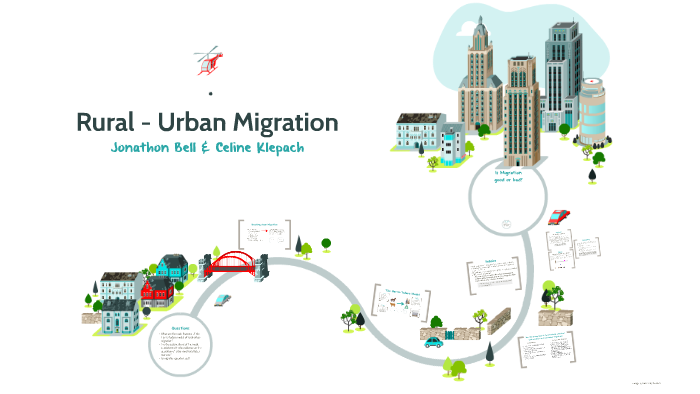Rural - Urban Migration (Pull and Push Factors) & Rising Sea Levels (Countries at Risk)
Rural-Urban Migration

Key Definitions:
Rural areas: open spaces with very few buildings and a small population
Urban areas: very developed with lots of buildings, roads, bridges, and railways. Large population.
Push factors: A bad quality of a place that makes the person want to leave
Not enough jobs
Lack of food / clean water
Different conditions
Land degradation
Poor education
- Poor electricity and technology
Poor sewerage
Limited or no health care
Pull factors: A good quality that makes people want to move to the place
More job opportunities
Access to shops
Better housing
Better education
More health care access
Safer
Clean water
Better sanitation
More technology
Family links
Urban growth: the expansion of cities due to migration
Environmental Effects of Human Settlement
Environmental impact of human settlement
Water pollution from industry, agriculture, and human waste
Air pollution from vehicles and industrial emissions
Soil contamination from pesticides and industrial by-products
The creation and usage of garbage dumps
Deforestation
Loss of habitat from expanding settlements
Loss of agricultural land due to urban sprawl
Light pollution from large cities
Disruption of migratory routes of different species
Desertification from unsustainable unsustainable agricultural practices
If subdivisions are not planned properly they can lead to urban sprawl
Urban sprawl: people inhabiting the settlements must rely on automobiles
Uses of land:
Residential (houses, town houses, apartment buildings)
Commercial (plazas, shopping malls, banks, convenience stores)
Recreational (parks, swimming pools, cinemas)
Differences between low density and high density development
Low density:
More green space and wildlife
Has more houses
More cars
High density:
No green space (limited plantation)
Crowded
Has more high structures
- More pollution
Rising Sea Levels
Reasons:
Melting ice caps
Overall warmer temperatures of sea water
Places at risk:
China
Vietnam
India
Indonesia
Bangladesh
Japan
Concerns:
Endangered major cities along the shorelines
People’s lives (urban areas with large population are normally located at shorelines)
Economic reasons (damages caused by flooding and agricultural land)
Endangered animals (e.g. polar bears)
Changes in ocean currents (impact ocean species)
Hopes:
Amount of sea level rise would take more than a century which means we still have time to adapt and start planning
China is the world’s leader in CO2 emissions. They have the power to make huge changes to help the issue
Bibliography:
Jarvis, E. (2017, February 26). YouTube Video: Push and pull factors migration. Youtube. https://www.youtube.com/watch?v=UM78Yzf-y4I&feature=youtu.be
TDC. (2015, June 30). Future Sea Level Rise: Top 10 Countries In Danger. Youtube. https://www.youtube.com/watch?v=boKd_Pb2HUA&feature=youtu.be
Comments